From Zest to Best: Top 10 Fruity Secrets of the Mediterranean Diet (That’ll Make Your Taste Buds Dance)
Table of Contents
- Why Fruit is the Unsung Hero of the Med Diet
- Top 10 Fruits You Can’t Skip on a Mediterranean Plate
- Spice & Fruit Pairing Hacks for Maximum Flavor
- Common Myths About Fruit in the Mediterranean Diet—Debunked!
- How Seasons Shape Your Fruit Choices in the Med
- Pro Tips for Storing, Serving & Savoring Med-Style Fruits
- Final Thoughts: Let’s Get Juicy!
Why Fruit is the Unsung Hero of the Mediterranean Diet
If you think the Mediterranean diet is all about olive oil and grilled fish, then buckle up, because we’re diving into the colorful world of fruits on the Mediterranean diet. From zesty lemons to sun-drenched figs, fruits are not just dessert—they're flavor powerhouses that bring dishes to life with freshness, acidity, and natural sweetness.
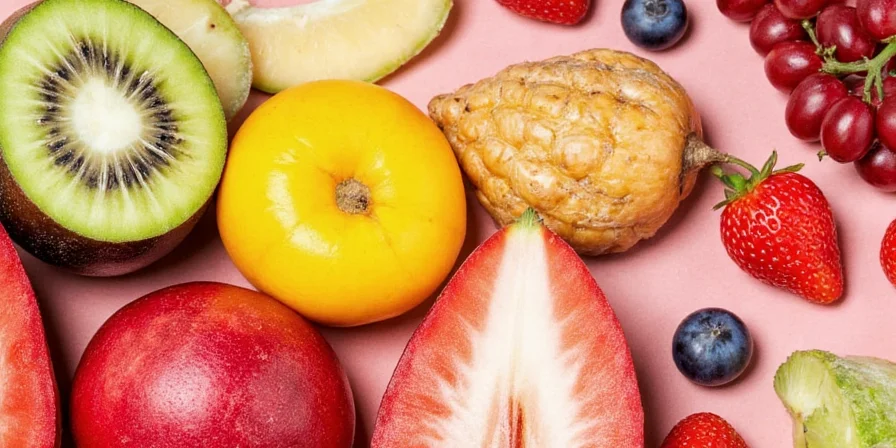
But it's not just about taste. These fruits are packed with antioxidants, fiber, and essential vitamins that help support heart health, longevity, and yes—even a better mood (who knew happiness could grow on trees?).
Top 10 Fruits You Can’t Skip on a Mediterranean Plate
Let’s take a tour of the most iconic fruits in Mediterranean cuisine—from classic citrus to hidden gems. Here's your fruity passport to flavor:
- Lemon: The zest king. Adds brightness and cuts through richness.
- Orange: Sweet, tangy, and perfect for salads or marinades.
- Figs: Chewy, sweet, and great with cheese or in desserts.
- Pomegranate: Bursting with jewel-like seeds and antioxidant power.
- Olive: Technically a fruit! Salty, briny, and oh-so-Mediterranean.
- Grapes: Fresh or dried (raisins), they add sweetness and texture.
- Apricot: Dried or fresh, brings a gentle tang to stews and pastries.
- Dates: Naturally sweet, used in both savory and dessert dishes.
- Peach: Juicy and fragrant, ideal for summer tarts and grilling.
- Berries: Raspberries, strawberries, blackberries—fresh from the market!
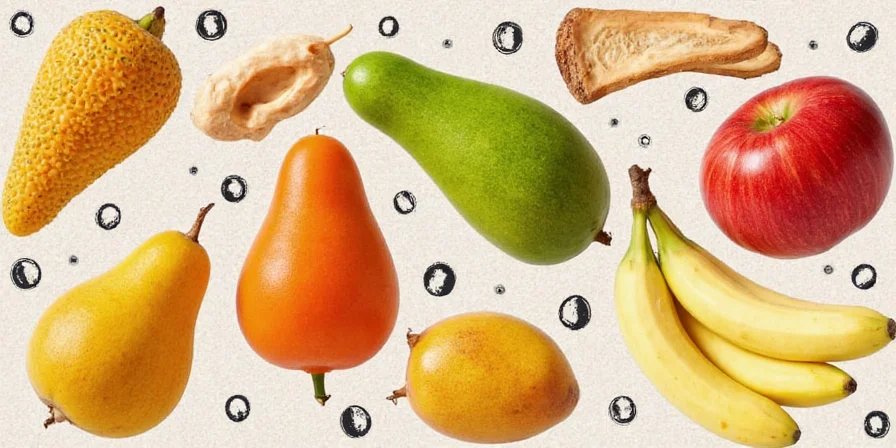
Spice & Fruit Pairing Hacks for Maximum Flavor
Want to level up your fruit game? Try these genius pairings that blend spice traditions with Mediterranean flair:
| Fruit | Recommended Spice | Taste Profile | Cooking Tip |
|---|---|---|---|
| Lemon | Black Pepper + Oregano | Fresh, herbaceous, and zesty | Add to grilled chicken or hummus |
| Orange | Nutmeg + Cinnamon | Warm, citrusy, and aromatic | Mix into yogurt or vinaigrettes |
| Pomegranate | Cumin + Sumac | Earthy, tangy, and bold | Perfect with lamb or grain bowls |
| Figs | Thyme + Honey | Sweet, herbal, and comforting | Pair with goat cheese on crostini |
| Dates | Cardamom + Sea Salt | Rich, spiced, and indulgent | Stuff with almonds or make energy balls |
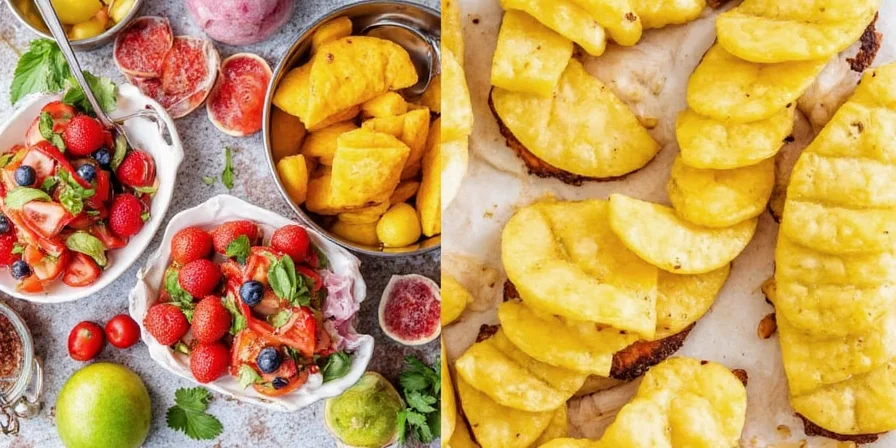
Common Myths About Fruit in the Mediterranean Diet—Debunked!
You’ve probably heard some wild things about fruit—like it’s “bad” for weight loss or that it’s too sugary. Spoiler alert: those are myths! Let’s set the record straight:
- Myth: Fruit makes you gain weight.
Fact: Whole fruits are high in fiber and water, making them filling and nutrient-dense—not waistline expanders. - Myth: Mediterranean diets don’t use much fruit.
Fact: Many traditional dishes include fruits like figs, dates, and citrus to balance flavors and textures. - Myth: Fruit is only for breakfast or dessert.
Fact: In Mediterranean cooking, fruits show up in main courses, sauces, and even soups!
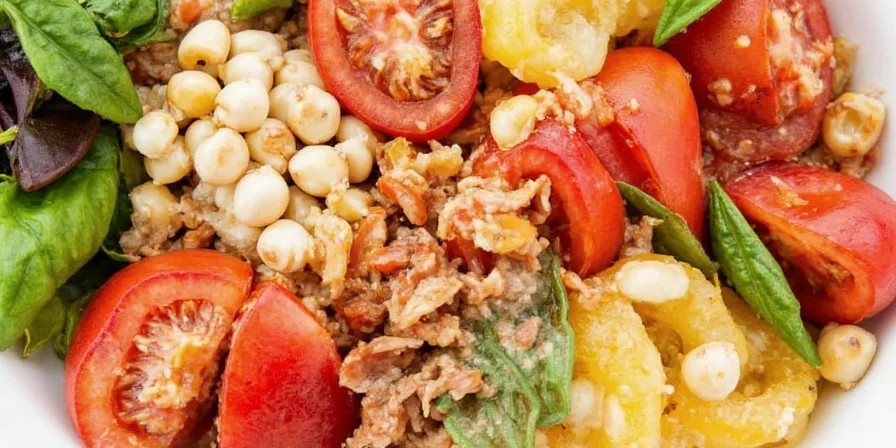
How Seasons Shape Your Fruit Choices in the Med
Just like spices, fruits have their seasons—and respecting them can transform your cooking. Here’s a quick guide to what’s ripe when:
| Season | Available Fruits | Typical Uses |
|---|---|---|
| Spring | Strawberries, apricots, cherries | Light salads, yogurt parfaits, grilled fruit |
| Summer | Watermelon, peaches, figs, melon | Chilled soups, grilled cheese pairings, refreshing drinks |
| Autumn | Pomegranates, dates, apples, grapes | Stews, tagines, baked goods, cheese boards |
| Winter | Oranges, lemons, persimmons, pears | Marinades, compotes, winter cocktails, braised dishes |
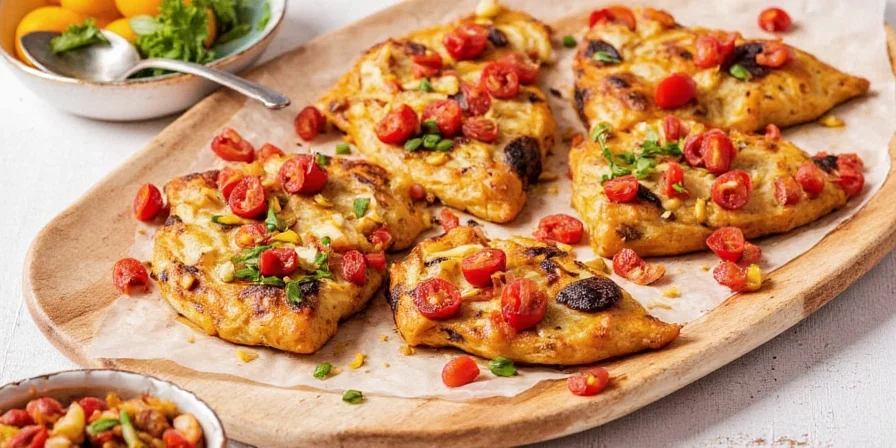
Pro Tips for Storing, Serving & Savoring Med-Style Fruits
To get the most out of your Mediterranean fruits, follow these insider tricks:
- Zest First: Before juicing a lemon or lime, zest it—it contains powerful oils that pack big flavor.
- Dry It Out: Sun-drying grapes (into raisins) or apricots concentrates their sweetness and extends shelf life.
- Soak Smart: Rehydrate dried figs or dates in orange juice or tea instead of water for added depth.
- Keep Cool: Store berries in the fridge and wash right before serving to avoid mold.
- Ripen Right: Keep avocados, peaches, and figs at room temperature until ripe, then refrigerate.
- Dress It Up: Toss fruit salads with a drizzle of olive oil, a pinch of sea salt, and a splash of balsamic or citrus for extra oomph.
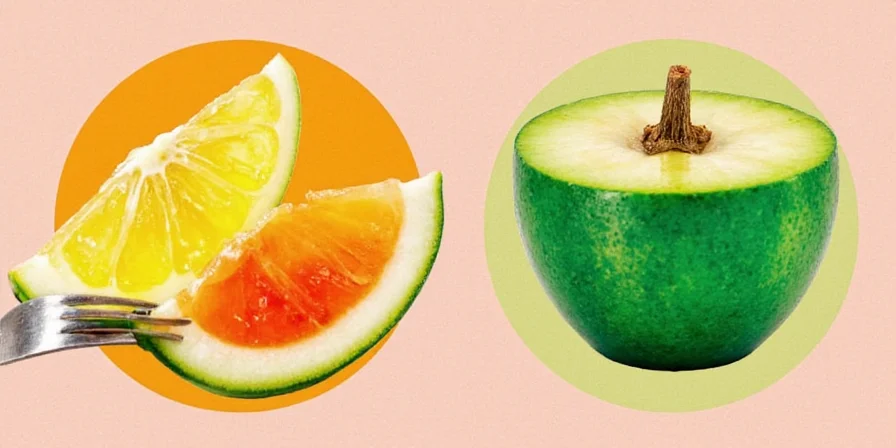
Final Thoughts: Let’s Get Juicy!
The Mediterranean diet isn’t just a lifestyle—it’s a love letter to nature’s best ingredients. And fruits? They’re the juicy, vibrant verses that make it sing. Whether you're zesting lemons, tossing a pomegranate salad, or savoring a date-stuffed pastry, every bite tells a story rooted in tradition, climate, and culture.
So go ahead—embrace the tart, the sweet, the pulpy, and the spicy. Your taste buds (and your body) will thank you. 🍊🍒
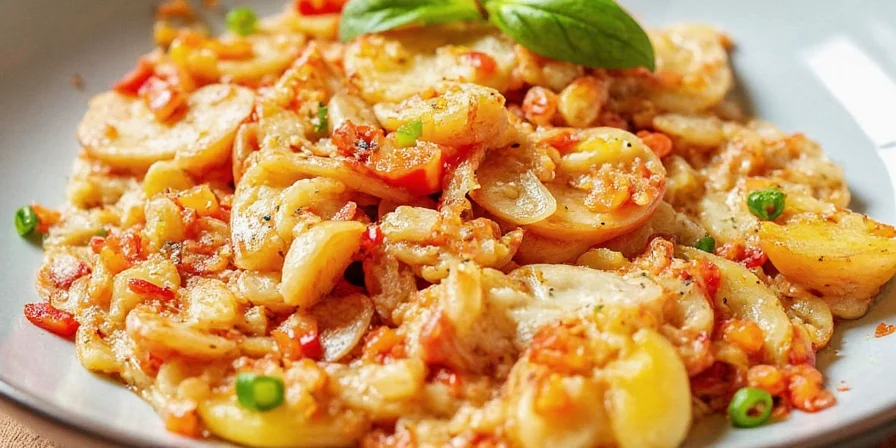

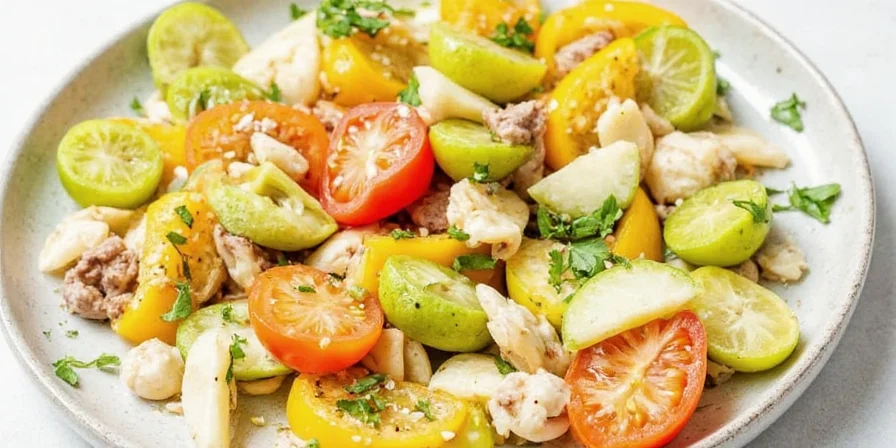









 浙公网安备
33010002000092号
浙公网安备
33010002000092号 浙B2-20120091-4
浙B2-20120091-4